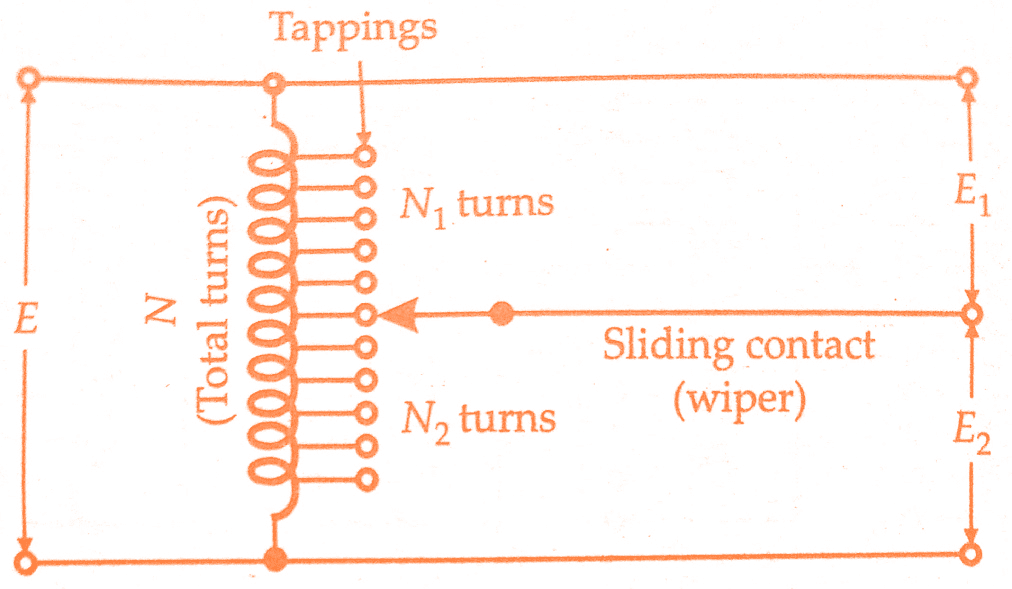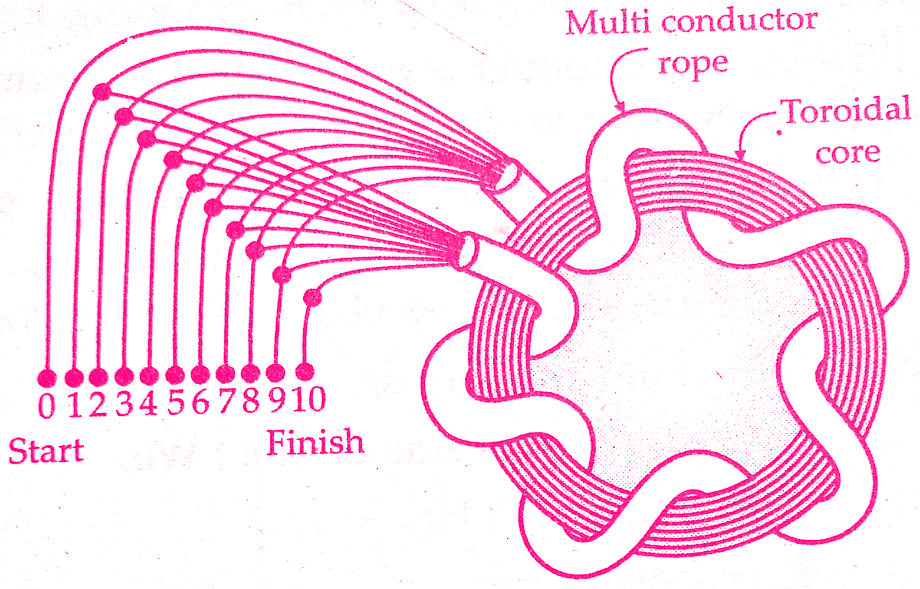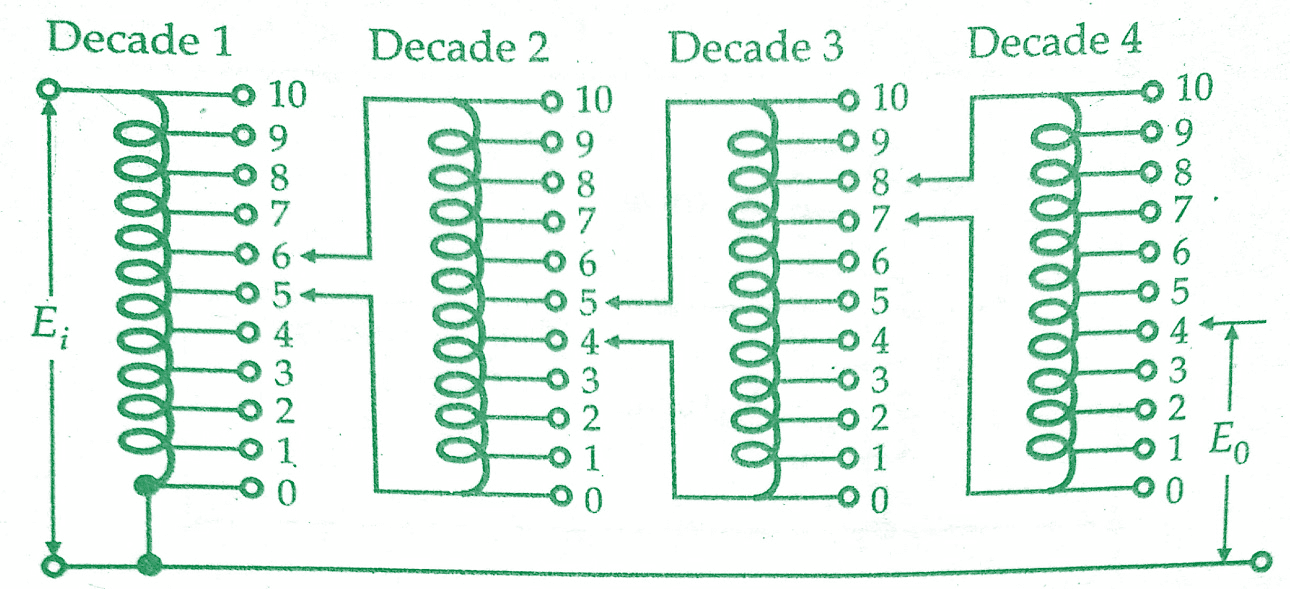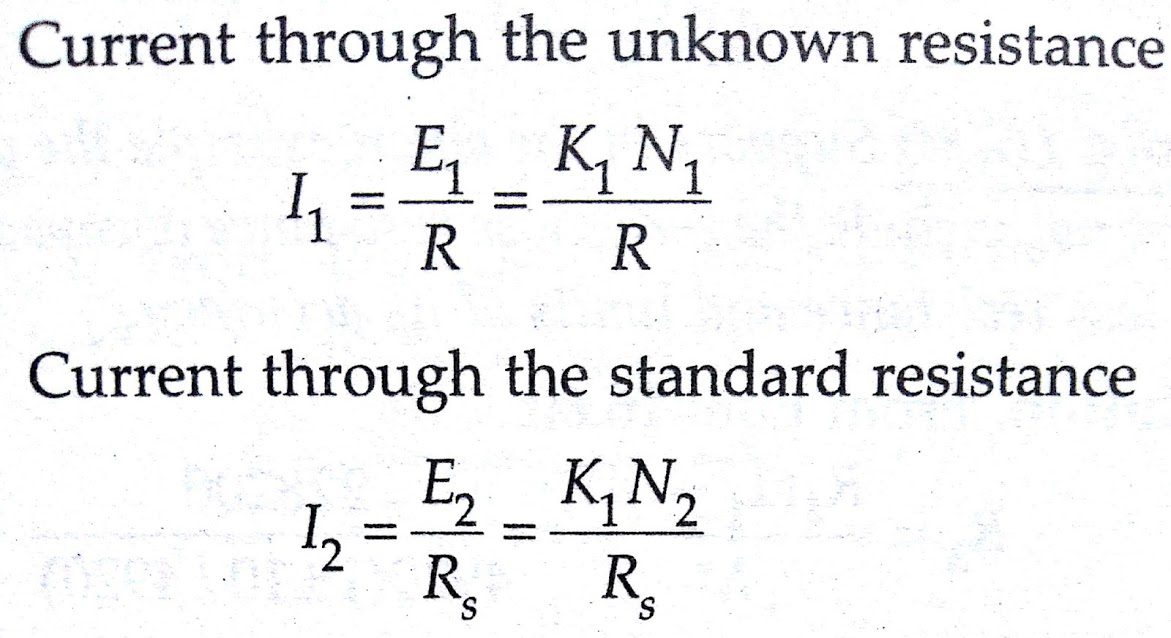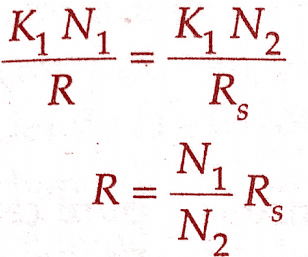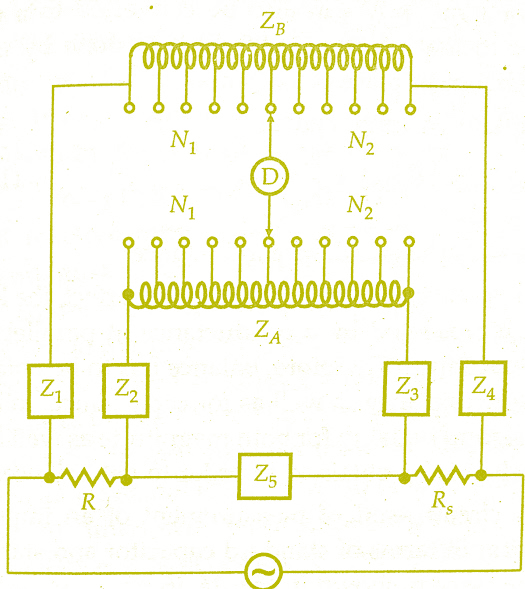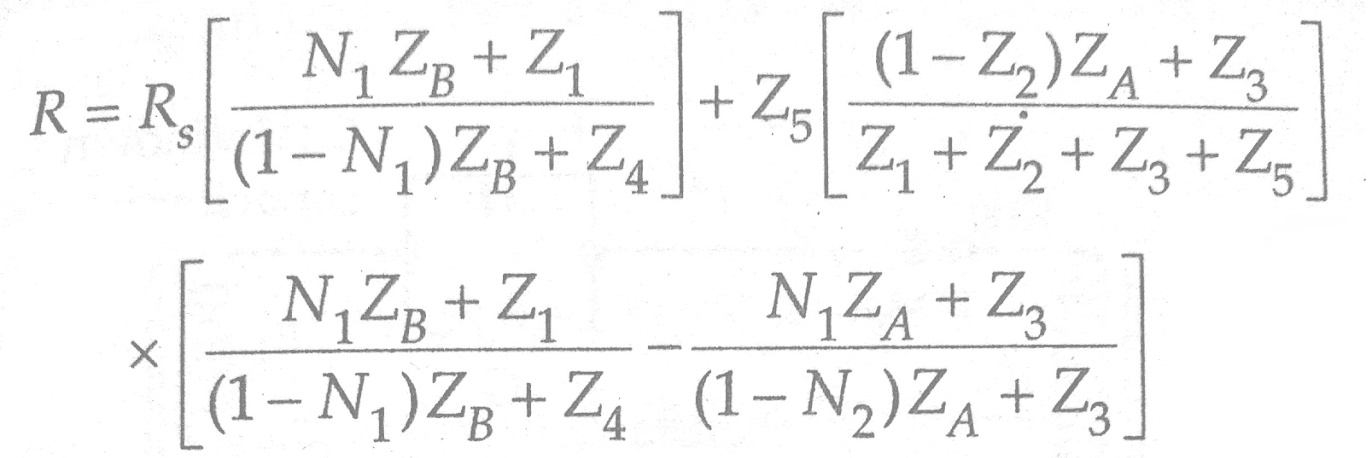What are Transformer Ratio Bridges:
The transformer Ratio Bridges are becoming increasingly popular and are being used for a wide range of applications.This is on account of versatility and accuracy of Ratio Transformers, which are used in the transformer ratio bridges.In fact, transformer ratio bridges are replacing the conventional ac bridges at a rapid rate.In this, we will discuss transformer ratio bridge working principle.
A transformer ratio bridge consists of voltage transformer whose performance approaches that of an ideal transformer.An ideal transformer is one that has no resistance, no core loss and no leakage flux (i.e., there is perfect coupling between the windings).The ratio transformer is provided with a number of tappings in order to obtain voltage division.
Voltage appearing across the windings of a transformer is :
E = 4 Kf N φm f volt
where N = number of turns
φm = maximum value of flux ; Wb,
f = frequency ; Hz,
Kf = form sector ,(Its value is 1.11 for sinusoidal flux).
For a given value of K flux φm and frequency f,
E = K1N
Must Read:
Transformer Ratio Bridges Working Principle:
The below figure shows an autotransformer provided with tappings. Suppose an alternating voltage E is applied across the winding.Assuming that the autotransformer is ideal type, the division of applied voltage E into output voltages E1 and E2 is :
E1 = E. N1/N and E2 = E. N2/N
Different values of E1 and E2 may be had by changing the position of the wiper on the tappings.
However, in practice, it is impossible to construct an ideal transformer. But the ideals of zero winding resistance, zero core loss and perfect coupling can be closely achieved if the design features similar to those for instrument transformers am used.The material used for the construction of core should be such that it gives the smallest core losses at the desired operating frequency.
The magnetizing current is reduced by using a Toroidal Core.The added advantage of a toroidal core is that winding put on it has minimum leakage reactance giving an almost perfect coupling.The leakage reactance can be reduced further by using a special type of construction for the windings as shown in the below figure of transformer ratio bridges.
This winding takes the form of a Multiconductor Rope.In order to obtain a decade of voltage division, the multiconductor rope has ten wires with successive sets of turns connected in series and a tapping is taken from each joint.
The resistance of the windings can be reduced by using copper wire of heavy cross-section.A 4-decade ratio transformer is shown.The successive decades are obtained by using an arrangement similar to that in a Kelvin Varley slide.This transformer arrangement gives a ratio error of less than 1 part in 10⁴.
Must Read:
Applications of Ratio Transformers:
The ratio transformers can be used for :
(i) Measurement of resistance capacitance and inductance in comparison with standard resistance, standard capacitance and standard inductance respectively,
(ii) Measurement of amplifier gain and phase shift, and
(iii) Measurement of transformer ratios.
Features of Ratio Transformers :
The ratio transformers have the following features :
(i) They can be used on a.c. only.
(ii) They have very small ratio errors.
(iii) They have a wide frequency range extending from 50 Hz to 50 kHz.
(iv) They have high input impedance and low input impedance.Thus the loading effects in them are small.
Measurement of Resistance By Transformer Ratio Bridges:
The circuit used for measurement of an unknown resistance, R, in comparison with a standard resistance, Rs is shown in the below figure.The position of the wiper is adjusted till the detector D shows null.(The detectors used are the same as for conventional ac bridges).
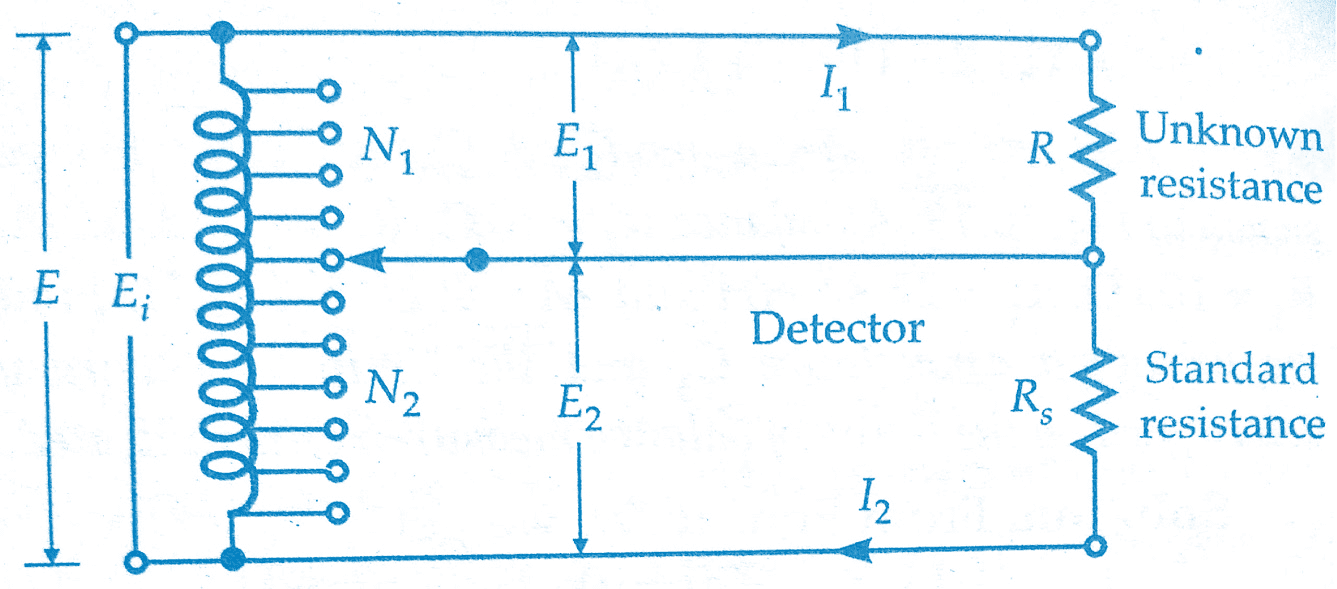 |
| Measurement of Resistance By Transformer Ratio Bridges |
Under balance conditions, the current through the detector is zero i.e., I1 = 12.
A circuit used for measurement of low resistance is shown in the below figure.This circuit is similar to that of Kelvin’s double bridge.
Must Read:
By using two transformers a form of Kelvin’s double bridge for measurement of low resistances may be devised as shown in the below figure, where
If the impedances of leads i.e., Z1, Z2, Z3, Z4, and Z5 are small and the resistances R and Rs are of the same order, the unknown resistance is given by:
R = (N1/N2)Rs
This form of Kelvin’s bridge can, of course, only be used on ac but by plotting the values R against frequency, an extrapolation may be used to find the dc value of R with an accuracy of a few parts in a million.
Conclusion:
In this, we have learnt Transformer Ratio Bridges Working Principle.You can download this article as pdf, ppt.
Comment below if you have any queries!
